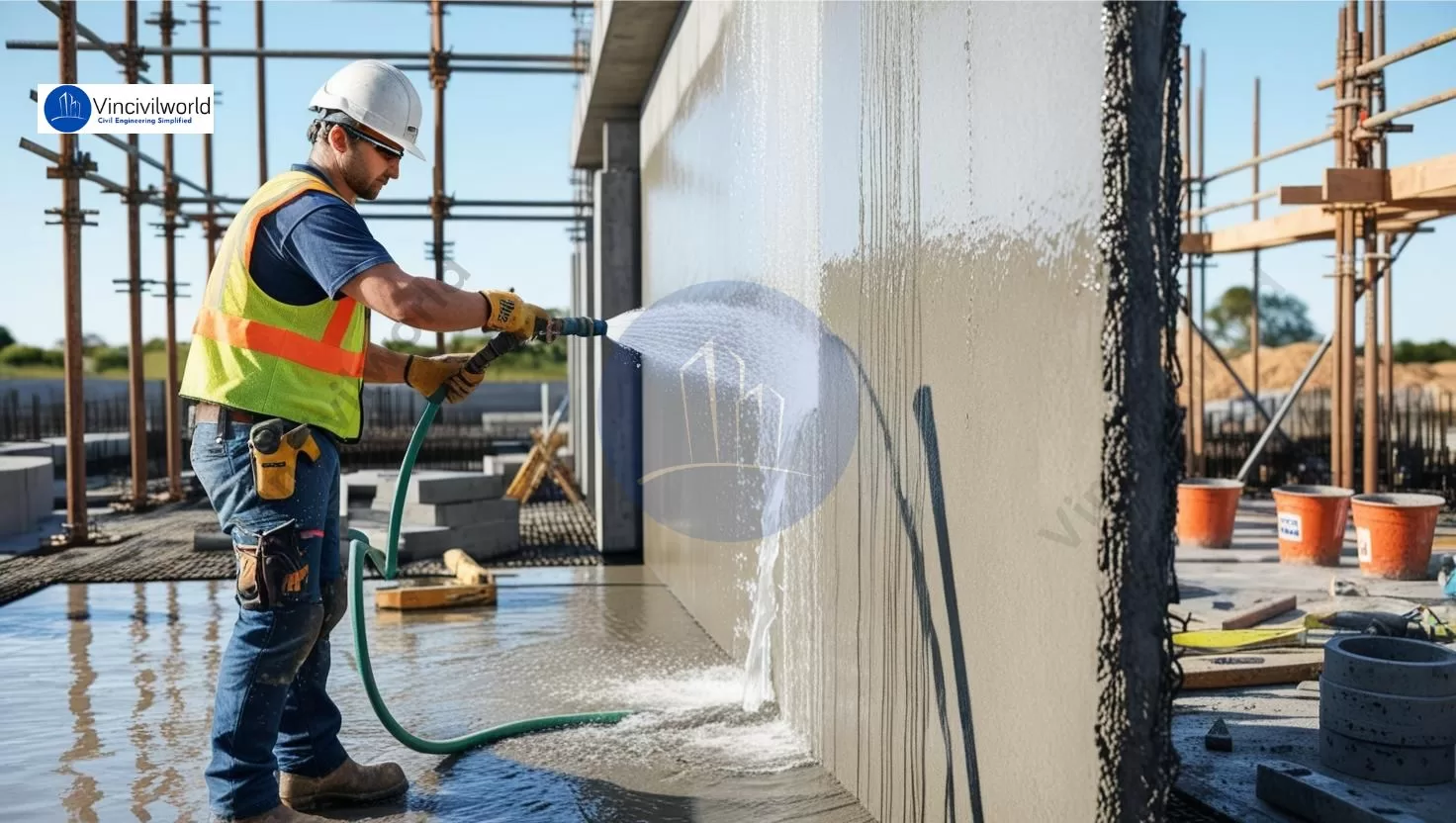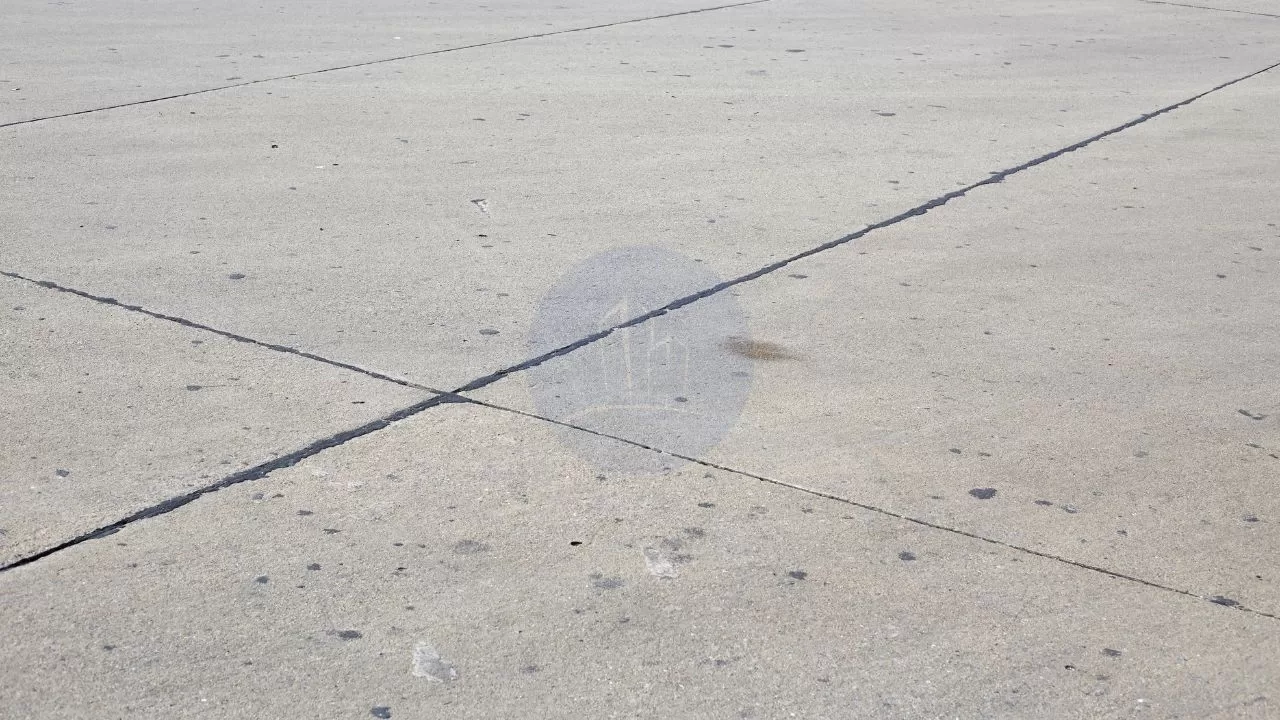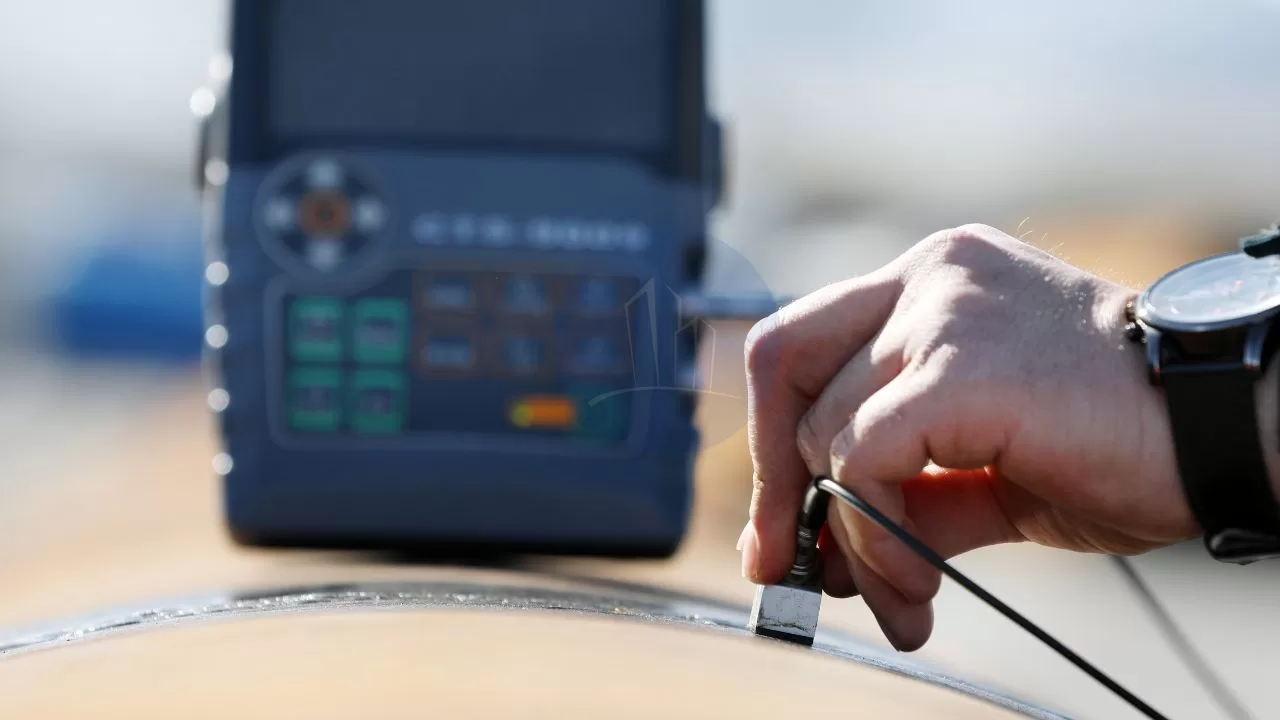Curing of concrete is a vital process that ensures the strength, durability, and long-term performance of concrete structures. It involves maintaining adequate moisture, temperature, and time to allow the hydration of cement, which is essential for achieving the desired concrete properties. Without proper curing, concrete may suffer from surface cracks, reduced strength, and long-term deterioration. On construction sites, several concrete curing methods are adopted to meet different environmental and structural needs. These include water curing, membrane curing, steam curing, and chemical curing. Understanding the importance of curing in concrete and selecting the right curing method for concrete can significantly enhance the structural integrity. This blog explores the curing of concrete, its methods, curing period of concrete and why it is indispensable in modern construction.
Table of contents
Curing of concrete methods
Curing is the process of retaining moisture to allow fresh concrete to reach its intended strength in a predetermined manner through a hydration reaction. Concrete is a mixture of cement, aggregates, and water in fixed designed proportions calculated based on specific strength requirements. The water to cement ratio is the most important factor in these proportions (Water cement ratio). In order to facilitate the hydration reaction, the water-cement ratio must be maintained. If the water evaporates quickly, there will not be enough water available for the hydration process. Because of this curing of concrete is required.
Curing assists in the retention of moisture until the hydration process is complete and it reaches the required strength. The American Concrete Institute (ACI) Committee 301 recommends a minimum cure duration equal to 70% of the required compressive strength. According to IS 456-2000 standards and construction norms, the curing period of 7 days/10 days is the time required to achieve at least 70% of the intended compressive strength. That is why concrete is cured for 7-10 days.
Why Curing of concrete is important?
Perfect curing is necessary for the following reasons in order to achieve good strength and serviceability:
- Prevents concrete from drying and maintains the acceptable temperature range by preventing moisture loss.
- Increases the strength and decreases the permeability of hardened concrete.
- Prevents the formation of cracks caused by thermal and plastic shrinkage.
- Maintains a strong link between the components and the reinforcement.
- Can provide the desired strength and a durable concrete free of cracks.
- Assists in achieving high serviceability performance by improving abrasion resistance.
Also Read : Concrete Pumps Types – Application and advantages
Concrete Curing time as per IS 456-2000
According to the Indian Standard IS 456 – 2000, concrete should be allowed to cure for a minimum of seven days while using ordinary Portland cement and for a minimum of ten days while using blended cement or concrete with mineral admixtures. Additionally, it suggests that the curing time should not be less than 10 days for structures exposed to hot, dry weather and 14 days in case for or blended cement or cement with mineral admixtures.
OPC cement = 7 Days (Normal conditions) and 14 Days ( Hot and dry weather)
Concrete with mineral admixture or blended cement (PPC cement) = 7 Days (Normal conditions) and 14 Days ( Hot and dry weather)
Concrete curing methods
The curing method and time primarily depend on structure type, site conditions, and ingredient parameters. Some of the curing methods adopted in constructions sites are as follows.
- Water curing
- Membrane Curing
- Steam curing
Water Curing method
Water curing is the most popular and common method adopted in construction sites. Basically, this method maintains or retains water on the concrete surface by various methods. This includes ponding, sprinkling and fogging, and saturated wet coverings or left-in-place forms.
Similarly, these methods prevent water loss from the concrete surface by continuous wetting of the exposed surface of the concrete.

Membrane Curing method
The basic concept of membrane curing is reducing the loss of water from the surface of the RCC. Generally, membrane curing methods uses curing compounds or impervious plastic sheets. Curing compounds are available in water-based and acrylic-based types. They form an impermeable membrane and reduces the loss of moisture.

Steam curing method
The steam curing process accelerates the process of strength gaining by using heat and providing additional moisture. Generally, this speeds up the early hardening process. Basically, these methods are familiar in prefabricated structures and factory-made precast components for the speedy recovery of form works.
Accordingly, Steam curing keeps the surface moist and raises the concrete temperature to speed up the strength achievement rate.

Conclusion
Curing of concrete is a crucial step in construction that directly impacts the strength, durability, and performance of RCC structures. Proper curing ensures continued hydration, minimizes surface cracking, and enhances resistance to environmental stress. Whether through water curing, membrane curing, or steam curing, each method plays a vital role in preserving moisture and controlling temperature during the early stages of concrete hardening. Neglecting curing can lead to compromised structural integrity and long-term deterioration. Therefore, understanding and implementing the right method is essential to achieving quality and longevity in any concrete work, making it a non-negotiable part of construction practices.




7 thoughts on “Curing of Concrete – Concrete Curing Methods explained”
Comments are closed.